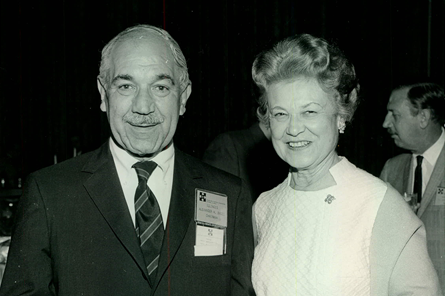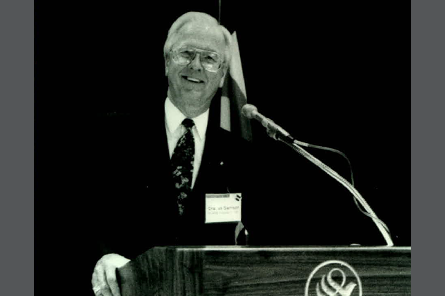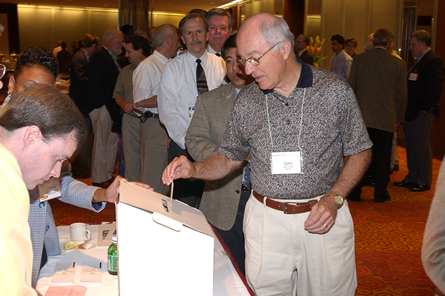Illinois
Law Passed: 1897 • Joined NCARB: 1919 • Region 4—Mid-Central (1965)
The Components of Licensure
Education
1919-77: Applicants must graduate from a high school or secondary school approved by the Department of Registration and Education.
2002: Continuing education is required for licensure renewal.
2016: The board requires a degree from a NAAB-accredited program.
Experience
1919: Three years of experience in the office of a “reputable” architect.
1957-77: Eight years of experience in the office of a registered architect.
Late-1980s: Accepts the IDP as an equivalent to the board’s experience requirement.
2016: The board adopts the AXP.
Examination
1954: Illinois models its examination after NCARB’s syllabus.
1960s: The board begins administering NCARB’s national examination.
2002: Candidates receive their eligibility to test through NCARB.
Noteworthy
On June 3, 1897, Illinois enacted the first architectural licensing law in the United States. Two decades later, Illinois Architect Emery Stanford Hall organized a meeting with 14 other architects to discuss forming what would eventually become NCARB. He raised funds to get the organization off the ground—receiving a loan from the Illinois Society of Architects and providing money out his own pocket. Hall also set up the organization’s first headquarters in his Chicago firm, where NCARB remained until his death in 1939. Illinois also was one of the first boards to join NCARB, along with Colorado and Wisconsin.
Notable People
NCARB Presidents
1932-33: James M. White, FAIA (Urbana)
1991: Charles E. Garrison, FAIA (Carbondale)
Additional Members of the NCARB Board of Directors
1929-30: Harry B. Wheelock, FAIA (Chicago)
1972-74: Jack Swing (Urbana)
1995-97: Ronald L. Moline, FAIA (Kankakee)
NCARB President Medalist
1994: Walter H. Lewis, FAIA (Champaign)
NCARB Executive
1921-39: Emery Stanford Hall, FAIA (Chicago)


